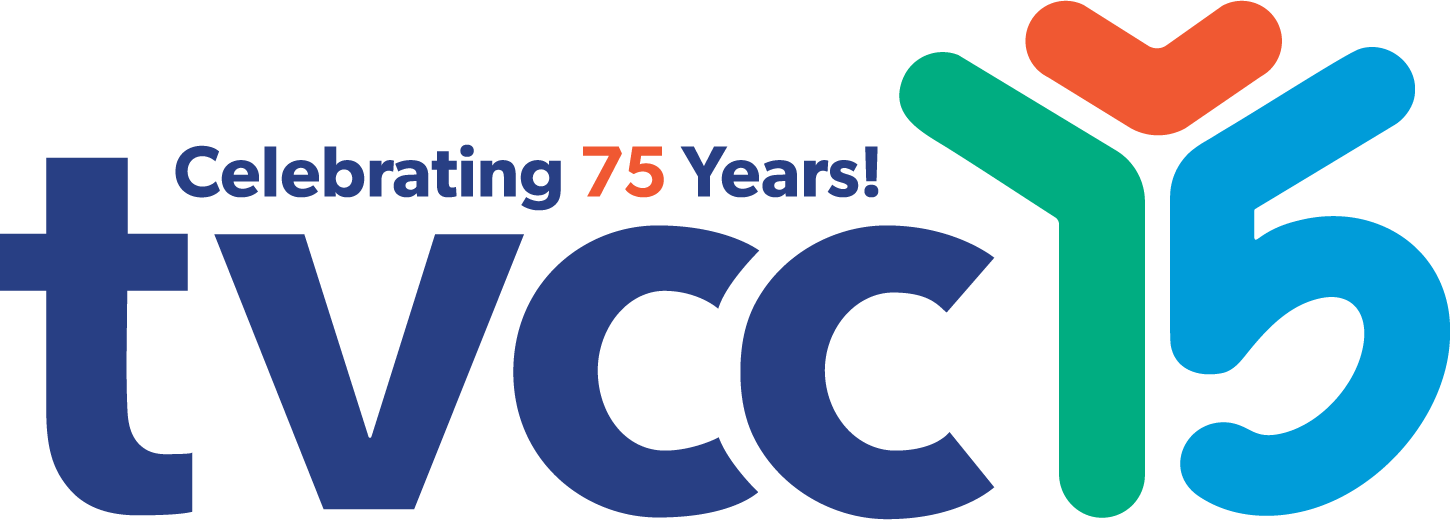Promote Language and Literacy:
How Reading with Your Child Will Lead to Future Success
Research has shown that reading a book with your child every day improves their oral language development. It also provides parents with the opportunity to spend routine, quality time with their children. However, passive reading with children (reading without interaction or asking only questions with ‘yes’/ ‘no’ or pointing responses) is not enough to promote language growth. Rather, it is using interactive techniques with picture book reading that helps to develop children’s language..
When parents share books with children from a young age, they support later literacy development. As parents, you play an important role in introducing your pre-school aged children to printed materials through interactive reading. This will help them to be ready for reading and literacy activities in school.
What are Interactive Reading Techniques?
There are three key techniques:
1. Ask Open-Ended Questions
Include questions about the function and/or appearance of objects shown in pictures. (e.g. “What is the bunny doing? “What do rabbits like to eat?”)
2. Give Positive, Informative Feedback
Reinforce correct answers (consider grammar, content, and sentence structure).
Provide elaborations and positive corrections that emphasize the difference between what the child said and what he/she could have said and/or will say as language develops.
(E.g. Child says “Bunny goes hop.” Parents may respond “That’s right; the bunny is hopping down the road.”)
3. Show Sensitivity to Child’s Developmental Level
Ask questions, give corrections and build on the child’s language according to the child’s ability. Look to the child’s developmental level for guidance (such as, the child’s ability to name objects in pictures and his/her use of language).
For example, when pointing to pictures:
For infants, label pictures using simple names (e.g. “Bunny”).
For toddlers, use short sentence (e.g. “The Bunny hops” or “See the bunny”).
For preschool-aged children, use sentences that are longer. (e.g. “The bunny is hopping fast.”)
What to Look for in a Picture Book?
- Colourful pictures that are not too busy
- Thick pages for younger children, so that they can turn the pages themselves
- Do not focus on the amount of words on each page. Talking about the story and pictures is most important! Help your child to be ready for reading and literacy activities in school.
The following are recommended picture books for young children. You can find most of them at your public library.
- Goodnight Moon (by Margaret Wise Brown)
- The Polar Express (by Chris Van Allburg)
- Green Eggs and Ham (by Dr. Seuss)
- The Very Busy Spider (by Eric Carle)
- Ten Little Ladybugs (by Melanie Gerth)
- Pat the Bunny (by Dorothy Kunhardt)
References:
Cronan, T.A., Cruz, S.G., Arriaga, R.I. & Sarkin, A.J. (1996 April). The Effects of a Community-Based Literacy Program on Young Children's Language and Conceptual Development. American Journal of Community Psychology, 24(2), 251-272.
Frijters, J.C., Barron, R.W., & Brunello, M. (2000). Direct and Mediated Influences of Home Literacy and Literacy Interest on Prereaders’ Oral Vocabulary and Early Written Language Skill. Journal of Educational Psychology, 92(3), 466-477.
Whitehurst, G.J., Falco, F.L., Lonigan, C.J., Fishel, J.E., Dearyshe, B.D., Valdez-Menchaca, M.C. & Caulfield, M. (1988). Accelerating Language Development Through Picture Book Reading. Developmental Psychology, 24(4), 552-559.





